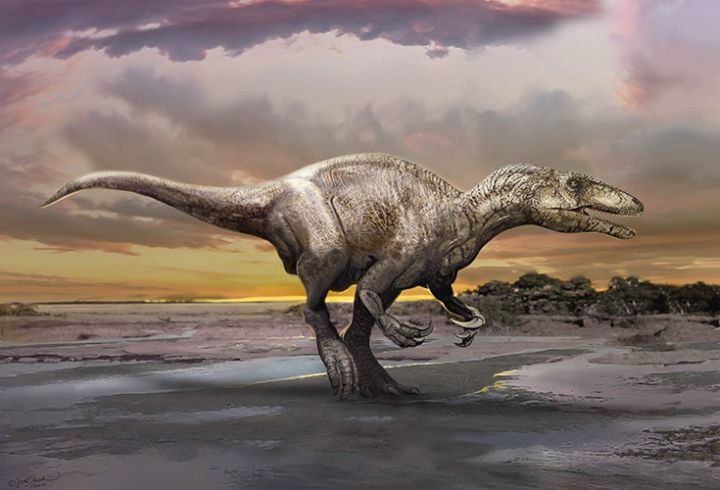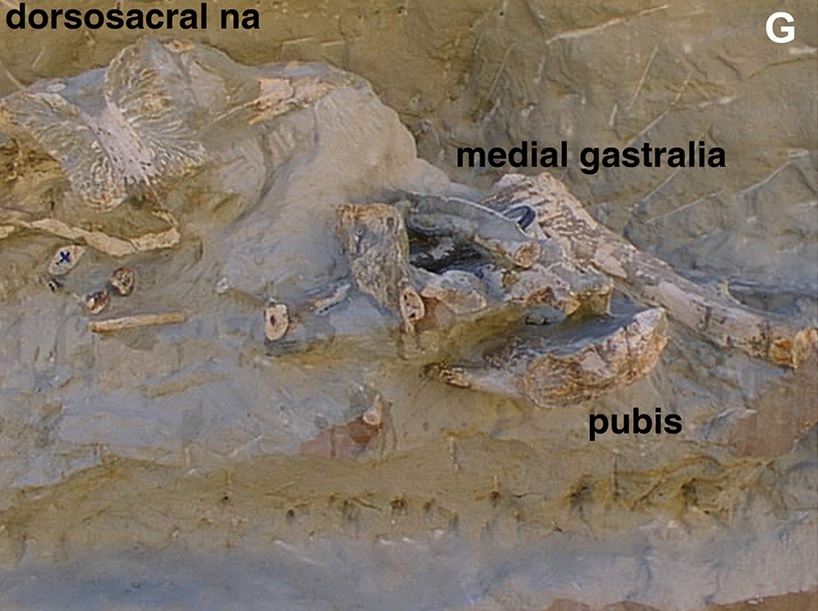A University of Alberta professor has helped discover a new megaraptor.

In a new study published in PLOS ONE, Philip Currie and his colleague Rodolfo Coria from the Consejo Nacional de Investigaciones Cientificas y Tecnicas in Argentina announced they had discovered a new species of megaraptorid dinosaur.
“This is a super-cool specimen from a very enigmatic family of big dinosaurs,” said Currie, the Canada Research Chair in Paleobiology, in a release.
The animal is described as meat-eating, was approximately 6.5-metres long, had a proportionally long and low skull, small teeth, highly pneumatised bones and “can-opener” claw hands.
The discovery was made in 2000 on a vertical cliff in Sierra Barrosa in northwest Patagonia.
The new species is called Murusraptor barrosaensis and is named after where the skeleton was found – murus is Latin for “wall”, which refers to how the dinosaur was found in the wall of a canyon, and barrosaensis refers to Sierra Barrosa, where the specimen was collected.
The article explains how the specimen is one of the most complete megaraptorids ever found since it has an unusuall intact braincase. It also has distinctive facial features not previously seen in other megaraptors.





Comments